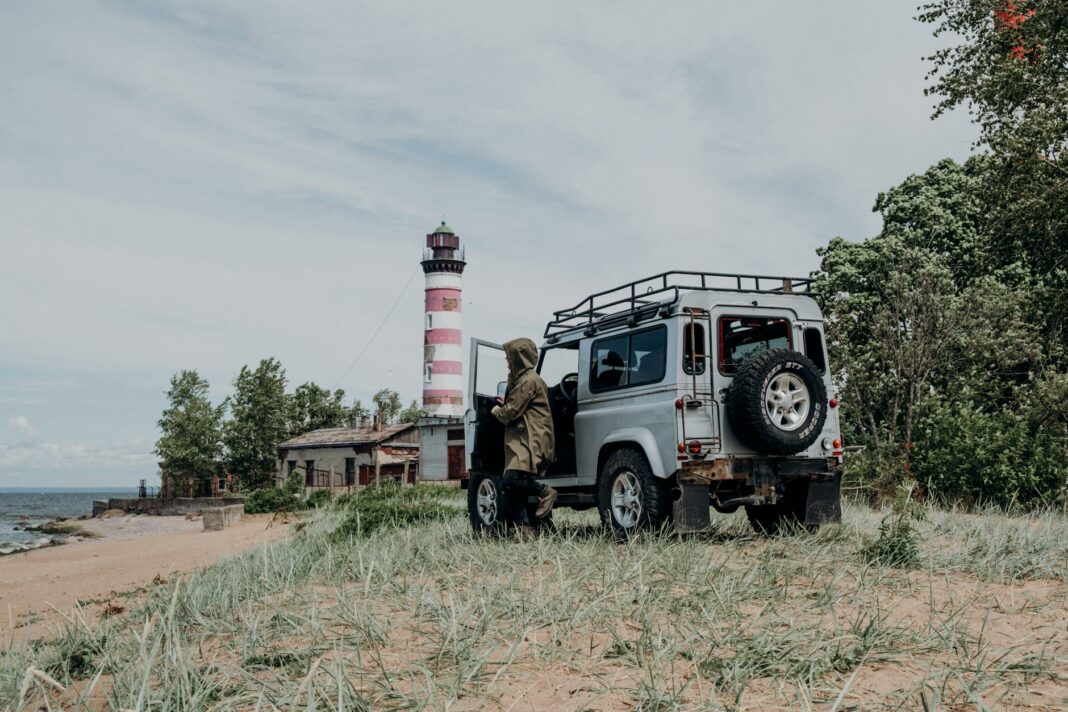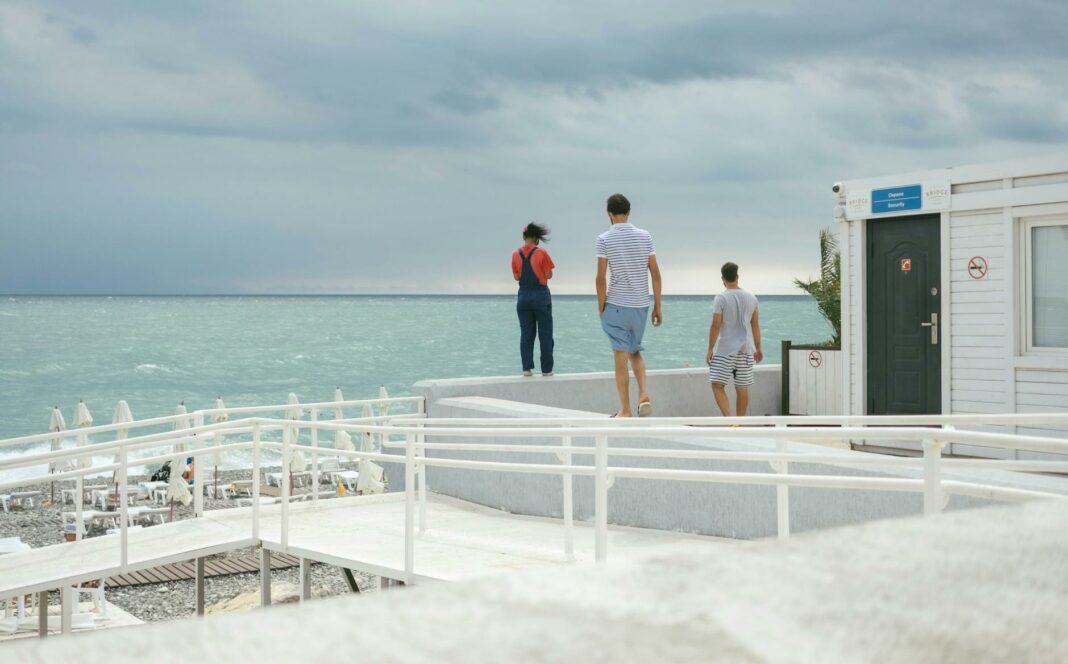**Table of Contents**
**1. Underestimating Your Physical Limits**
**2. Neglecting Proper Gear and Supplies**
**3. Ignoring the Importance of Hydration**
**4. Skipping Trip Planning and Research**
**5. Disregarding Weather Conditions**
**6. Wandering Off the Beaten Path**
**7. Failing to Communicate Your Plans**
**8. Packing Too Much or Too Little**
**9. Embracing Ignorance of Wildlife**
**10. A Mindful Approach to Adventure**
Traveling in nature can be an exhilarating experience. But, while backpacking offers a fantastic way to immerse yourself in the beautiful outdoors, certain dangers lurk around every corner. Avoiding common pitfalls can make the difference between a memorable trip and a harrowing ordeal. With a positive mindset and a little foresight, your adventure can be nothing short of magical. In this post, discover potential backpacking mistakes and learn how to sidestep them for a safe, enjoyable journey.
It’s easy to slip into careless habits when basking in the joy of exploration. Yet, it’s that very excitement that can lead to oversights. Embracing a proactive attitude can significantly enhance your travel experience. By examining these common missteps, you’ll not only stay safe but also boost your overall enjoyment during your adventures. Let’s delve deeper into each area and ensure your backpacking escapade is unforgettable!
**1. Underestimating Your Physical Limits**
Sure, adventurous spirits often think they can conquer anything. However, the truth is that every individual has unique physical capabilities. When you overestimate your abilities, exhaustion can quickly set in, leading to poor decision-making. In mountainous terrains, a challenging trail might seem manageable until fatigue hits hard. It’s vital to listen to your body and pace yourself. Start with shorter hikes to gauge your endurance, progressively building up your stamina. There’s no shame in taking breaks or adjusting plans; a conscious choice can save you from serious danger.
Remember, the goal is not just to push yourself to the limit but to enjoy your journey. Gradually increasing your hiking intensity allows your body to adapt and become stronger. Make sure to take note of how your body feels with varying terrains; this knowledge will pave the way for more successful trips in the future.
**2. Neglecting Proper Gear and Supplies**
Backpacking gear is the heartbeat of an enjoyable and safe adventure. Without the right equipment, you might find yourself in uncomfortable—and even dangerous—situations. Ensure that you’re investing in quality gear appropriate for your specific destination and type of journey. For instance, a sturdy backpack, reliable footwear, and a well-equipped first aid kit can make or break an experience. It’s also important to consider the weather and adjust your gear accordingly.
Brainstorming your supply list ahead of time can prevent last-minute panic and forgotten essentials. Each item serves a purpose; think about not only what you’ll need for comfort but also any emergencies that might arise. Proper gear, combined with smart planning, lays the groundwork for joyful exploration.
**3. Ignoring the Importance of Hydration**
Staying hydrated during outdoor activities cannot be overstated. Even mild dehydration can lead to feelings of fatigue and cloud your judgment—two things you definitely want to avoid. Water should always be your best friend on the trail. Carry a refillable water bottle and consider researching water purification methods if you plan to access natural sources.
Learning to monitor your hydration levels can significantly improve your hiking experience. A good rule of thumb is to drink water before you feel thirsty, especially in warmer climates. Hydration is crucial and can enhance your stamina and awareness while enjoying nature’s splendor.
**4. Skipping Trip Planning and Research**
Diving headfirst into an adventure without research can lead to chaos. Knowing the trail, landmarks, and surrounding environment will enhance your confidence as you explore. Familiarizing yourself with the area means you’ll recognize potential hazards and hidden treasures alike. Spend time studying maps and reading reviews; this will equip you with insight into what to expect.
Planning also involves timing your trip. Keep in mind aspects like sunrise and sunset times to avoid hiking in the dark. Adequate preparation ensures not just safety but also that you maximize the joy sprinkled throughout your adventure.
**5. Disregarding Weather Conditions**
The elements can be unpredictable, so paying attention to weather forecasts is crucial. What may have started as a sunny day can quickly turn into a stormy adventure, especially in mountainous or coastal regions. Always check local conditions beforehand and prepare for potential shifts in weather.
Equipping yourself with versatile clothing options will allow you to adjust to any changes. Having layers can make all the difference, providing warmth or cooling off as needed. Embracing the weather ensures that you remain comfortable while reveling in nature’s beauty.
**6. Wandering Off the Beaten Path**
While the thrill of adventure might tempt you to stray from designated trails, this can lead to a host of dangers. Not only does it risk injury, but you may also encounter wildlife or hazardous terrain. Following marked paths ensures not just your safety but an enhanced experience of the natural beauty around you.
Be mindful of your surroundings and stick to trails that have been established by nature and fellow adventurers. Creating a bond with the landscape is essential, but it can be done within safety parameters, allowing for big rewards without the risks.
**7. Failing to Communicate Your Plans**
It’s easy to assume that someone always knows where you are going. However, sharing your itinerary with a trusted friend or family member is vital for safety. Having someone aware of your plans can be a lifesaver if things go awry. In case of emergencies, this small step can mean the difference between timely help and unnecessary delays.
Communication should include details about your route, expected return time, and controlling devices. A good practice is to check in throughout your journey, so those at home can breathe easier knowing you’re on track.
**8. Packing Too Much or Too Little**
Striking a balance in packing can make or break your trip. Overpacking can weigh you down, while underpacking may leave you in a tough situation. Assess what you actually need versus what seems nice to have. Focus on the essentials, including food, water, shelter, and gear that caters to your immediate needs.
Using the “three-day rule” can help guide your packing process. Aim to bring enough supplies for three days without leaving essential items behind. Re-evaluate continually along the way—what did you use regularly, and what was left untouched? Learning from this experience informs your future packing decisions.
**9. Embracing Ignorance of Wildlife**
Becoming familiar with the wildlife of your backpacking destination is necessary for both your safety and enjoyment. Animals can be curious and unpredictable, so understanding their behavior reduces the chance of an unpleasant encounter. Research the indigenous species, from birds to larger mammals, and learn how to protect yourself and preserve nature.
Respect for wildlife and their habitats makes your journey not only safer but also more enriching. Observing creatures in their natural habitats can lead to awe-inspiring moments and memories that last a lifetime.
**10. A Mindful Approach to Adventure**
Embracing mindfulness while backpacking opens you up to a fuller experience, creating deeper connections with both your surroundings and companions. Staying present allows you to appreciate the sights, sounds, and sensations that nature offers. Focus on your breaths, the textures underfoot, and the feelings that arise within you.
This conscious approach can enhance your overall enjoyment and mindset, fostering a sense of gratitude for the journey itself, regardless of challenges. Each trip can bloom into transformative experiences when you engage in mindful thinking.
**A New Perspective on Backpacking**
While it’s easy to get lost in the excitement of an adventure, staying aware of potential dangers can pave the way for a safer, more fulfilling experience. By being mindful of physical limitations, preparing adequately, and respecting your environment, you’re setting yourself up for success. Continually challenging conventional thinking about safety and preparation in outdoor pursuits can turn your backpacking trips into incredible memories, filled with joy and learning.
**Frequently Asked Questions**
**What should I pack for a weekend backpacking trip?**
Aim to include essentials such as a tent, sleeping bag, cooking supplies, food, water, a first aid kit, clothing layers, and navigation tools.
**How can I stay safe from wildlife encounters?**
Educate yourself about the local wildlife, keep a safe distance if you encounter animals, and secure food properly to avoid attracting them.
**What’s the best way to ensure hydration while hiking?**
Always carry a refillable water bottle, consider investing in a hydration pack, and use purification tablets if needed for natural sources.
**How can I improve my physical fitness for backpacking?**
Engage in a balanced fitness routine that includes cardiovascular exercises, strength training, and flexibility workouts to enhance endurance and overall performance.
**What’s the best way to prepare for changing weather conditions?**
Be sure to check the weather forecast regularly, pack appropriate layers of clothing, and know alternative routes or shelters in case of severe weather changes.
Image Credit: Pexels





